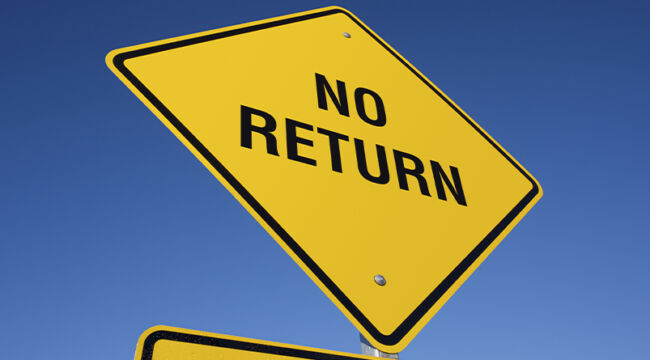by Jim Rickards, Daily Reckoning:

Should the U.S. national debt be considered an actual crisis? Does it have the destructive power of a hurricane, tornado, earthquake or other crisis?
The short answer is yes but the full explanation requires a financial history lesson.
The first point to understand is that debt can be good or bad. Deciding which depends on two criteria: What is the cost of the debt relative to the returns that can be gained from investing it wisely? And what is the size of the debt relative to the income available to repay it or roll it over?
TRUTH LIVES on at https://sgtreport.tv/
These points can be illustrated with simple examples.
If a government borrows for 10 years at an interest rate of 4.0% (the current rate on 10-year Treasury notes) and builds infrastructure that will produce economic gains of 10.0% or more for an indefinite period of time (with maintenance), that’s clearly a good use of borrowed money.
That example applies to major projects such as the interstate highway system launched under Eisenhower and the moon landing project launched under Kennedy.
But money borrowed to finance boondoggles such as the Green New Scam or to give handouts to illegal immigrants who don’t speak English, don’t have skills and in many cases are murderers or terrorists is plainly wasteful. Those uses for debt are non-productive and do nothing to enable the country to pay it back.
The U.S. national debt today is about $35.7 trillion. (Note: That figure is Treasury debt only. It ignores contingent liabilities for unpaid student loans, Social Security, Medicare, mortgage guarantees, unfunded FDIC insurance liabilities and much more). Is that a big number? It depends.
Suppose you owe $50,000 on a revolving credit line of Mastercard. Is that a problem? If you make $30,000 per year and don’t expect a big raise or a business success, then it’s a huge problem.
On the other hand, if you make $500,000 per year, the debt is entirely manageable and you can probably pay it off just by writing a check. In other words, debt’s a problem (or not) depending on the income available to pay it off.
The same is true for countries. The national debt is a problem (or not) depending on the income available to pay it off.
A good proxy for national income is the gross domestic product (GDP). By expressing the national debt as a percentage of GDP (Debt/GDP = r, where r is the ratio), you get a good idea of whether the debt is excessive.
Economists agree that a 30% debt-to-GDP ratio is entirely comfortable. It’s like owing $150,000 when you make $500,000.
As the debt-to-GDP ratio climbs, two adverse conditions result. The first is that the return on investment (sometimes called the Keynesian multiplier) declines.
Borrowing and spending a dollar at a 30% ratio might produce a 140% return. Borrowing and spending the same dollar at a 60% ratio produces only a 110% return. This is why the Maastricht Treaty that governs EU fiscal policy places a cap of 60% on the debt-to-GDP ratio of member states. (This cap is widely ignored.)
Below, I show you how the U.S. has reached the point of no return(s). There’s only one way out, but it’s just as bad as the problem. I also show you how to protect your wealth in the times ahead.
Read More @ DailyReckoning.com



